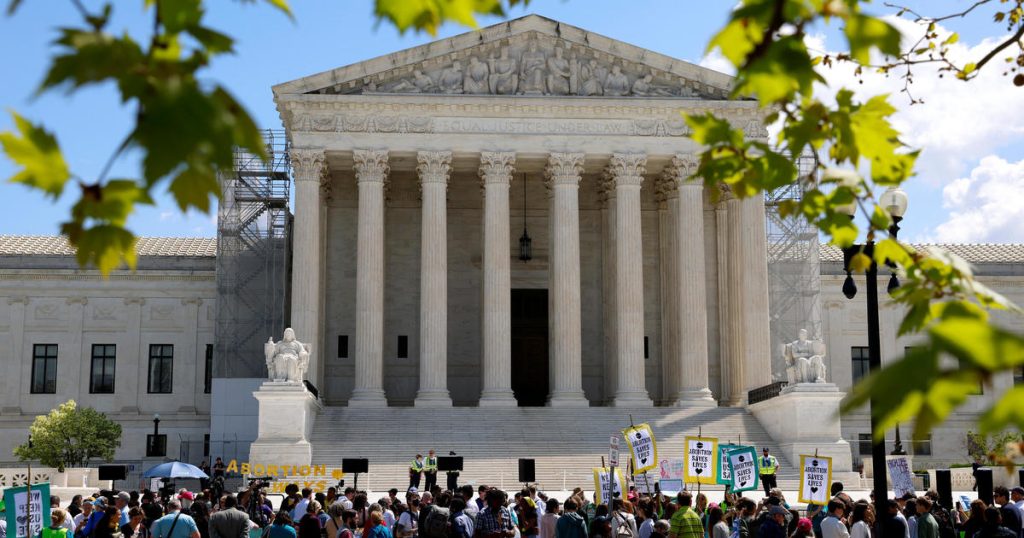Two years ago, the Supreme Court overturned the constitutional right to abortion that had been guaranteed for nearly five decades under Roe v. Wade, leading to a patchwork of access in states. Since the court’s decision in Dobbs v. Jackson Women’s Health Organization, nearly a third of states have near-total bans on the procedure in place and access to abortion is severely restricted in a handful of others. Despite these new restrictions, abortions that occurred in the formal health care system rose 11% from 2020 to 2023, with states bordering those with near-total bans seeing the most significant spikes in abortions. States like Illinois, New Mexico, Virginia, and North Carolina experienced the sharpest jumps, as new routes to access are developed in the aftermath of the Supreme Court decision.
Abortion has become a key political issue that is driving voters to the polls since the Supreme Court’s decision in June 2022. Democrats are working to ensure that November’s election reflects the importance of protecting the right to abortion, increasingly putting the blame on Republicans for unraveling this right. Former President Donald Trump, who appointed three justices to the high court that contributed to the ruling overturning Roe, has been criticized by Democrats for his role in this decision. Trump has boasted about being the “most pro-life president,” but he has also stated that he would leave the issue of abortion up to the states should he return to office.
President Biden has criticized Trump for his role in overturning Roe v. Wade, blaming him for creating a “nightmare” scenario. Biden has accused Trump of bragging about banning abortion and indicated that if given the chance, Trump would ban abortion nationwide, with or without the help of Congress. Trump, on the other hand, has stated that he believes the states should determine their own abortion laws through legislative or voter decisions, and that these decisions should be respected as the law of the land. This divide in opinion between Biden and Trump reflects the deepening political divide over abortion rights in the United States.
The Guttmacher Institute, a pro-abortion rights research group, has found that the number of abortions occurring in the formal health care system has increased since the Supreme Court decision, despite the new restrictions in place in many states. This suggests that individuals seeking abortions are finding new ways to access the procedure, even in states with near-total bans. Abortion restrictions now vary widely across all 50 states, with some states having near-total bans while others have less restrictive laws. The issue of abortion continues to be a contentious and divisive topic in American politics, with both Democrats and Republicans taking strong positions on the matter.
The 2022 midterm elections are shaping up to be influenced by the issue of abortion, with Democrats pushing to protect the right to abortion and blaming Republicans for the Supreme Court’s decision to overturn Roe v. Wade. Former President Trump’s role in appointing justices who contributed to this decision has been a central point of contention, with Biden and Trump offering differing perspectives on the issue. The ongoing debate over abortion rights in the United States reflects the broader cultural and political divides in the country, with both sides deeply entrenched in their beliefs and strategies for addressing this complex and emotionally charged issue.


